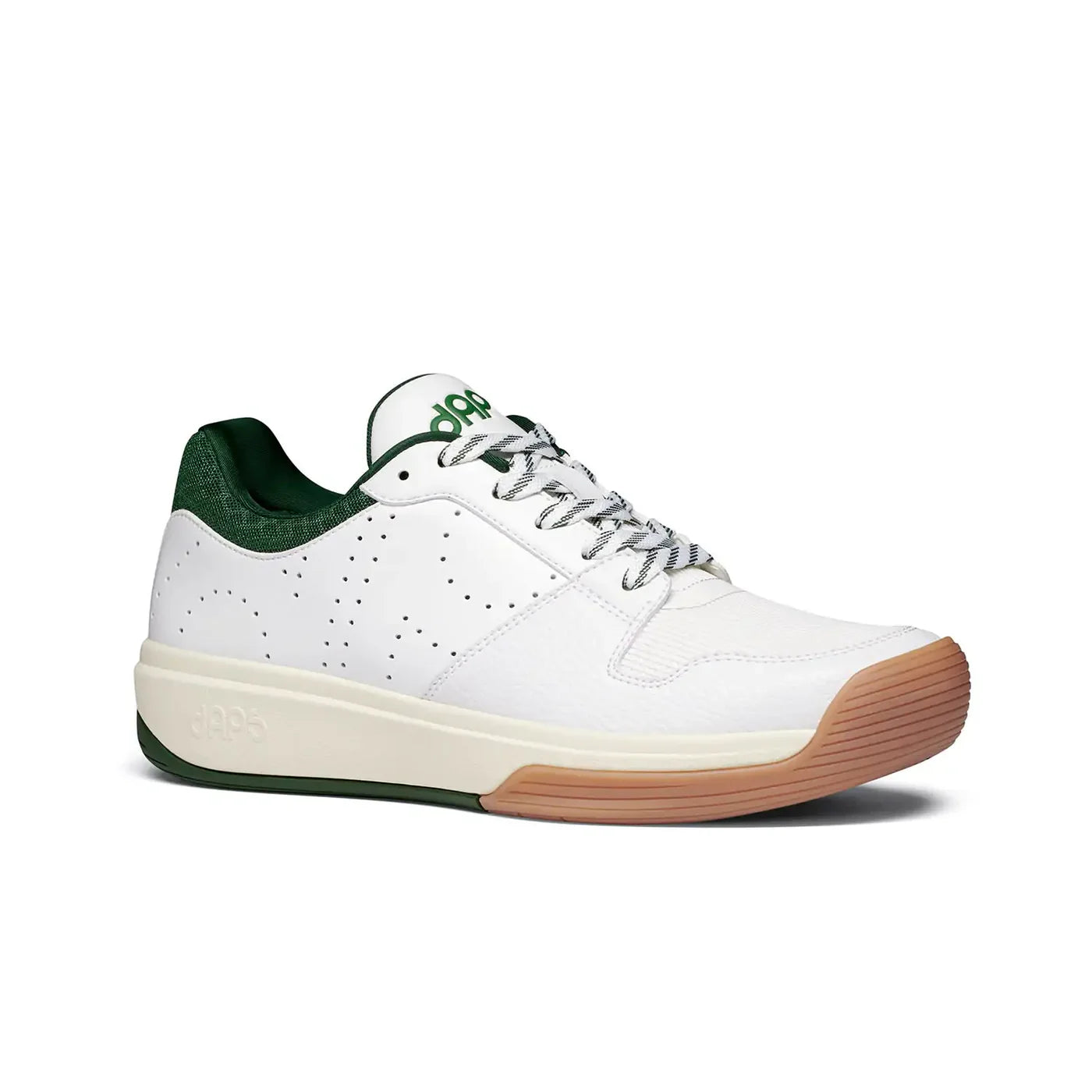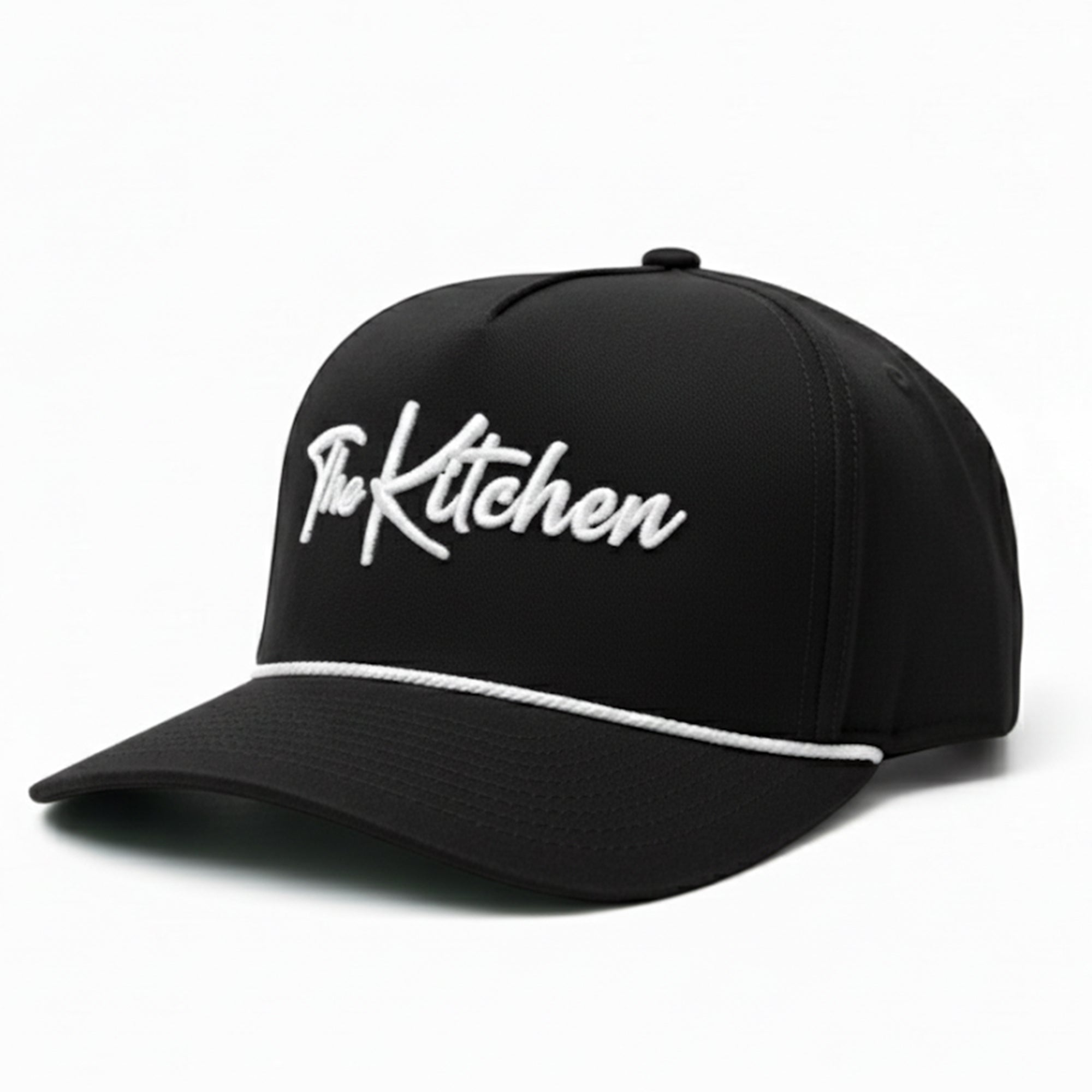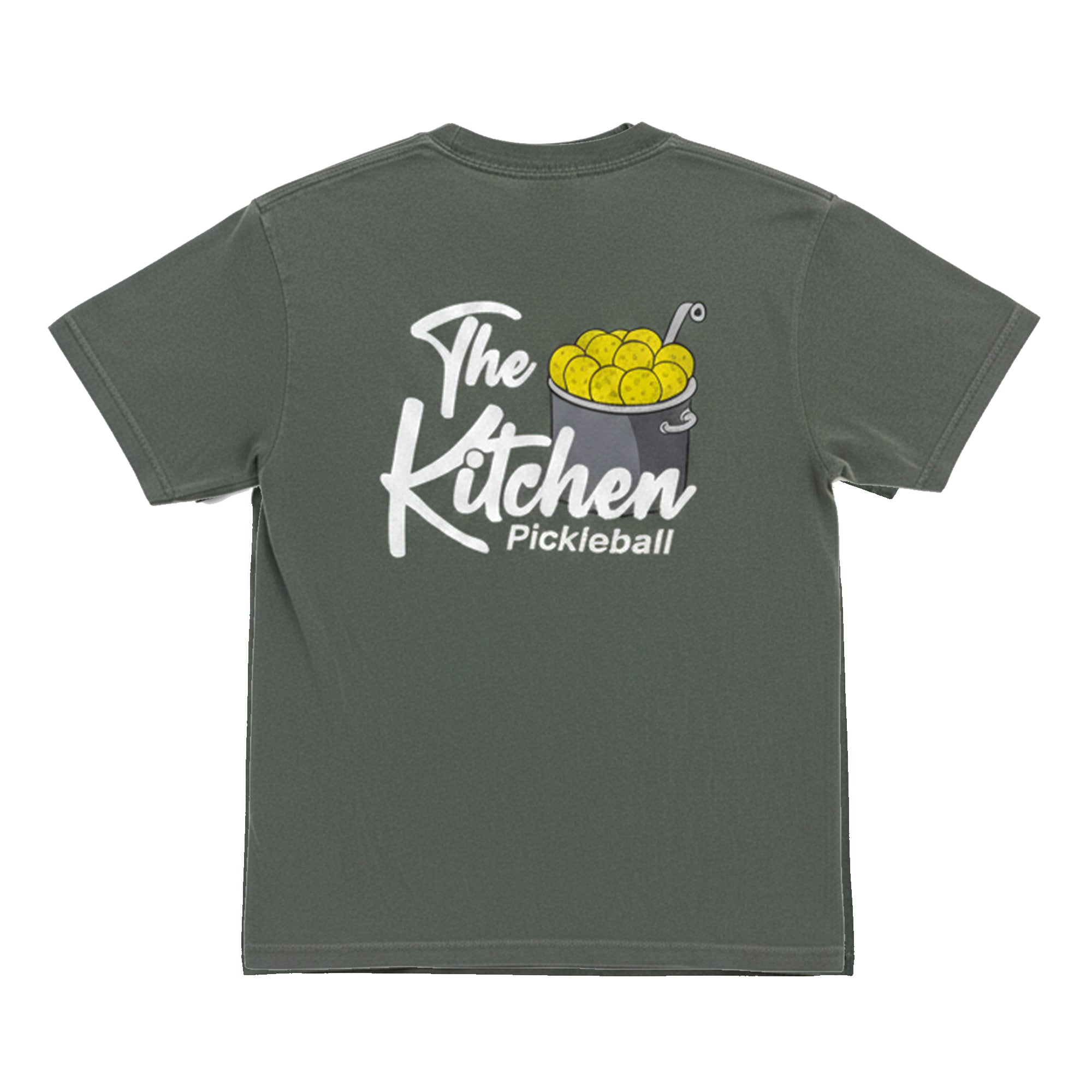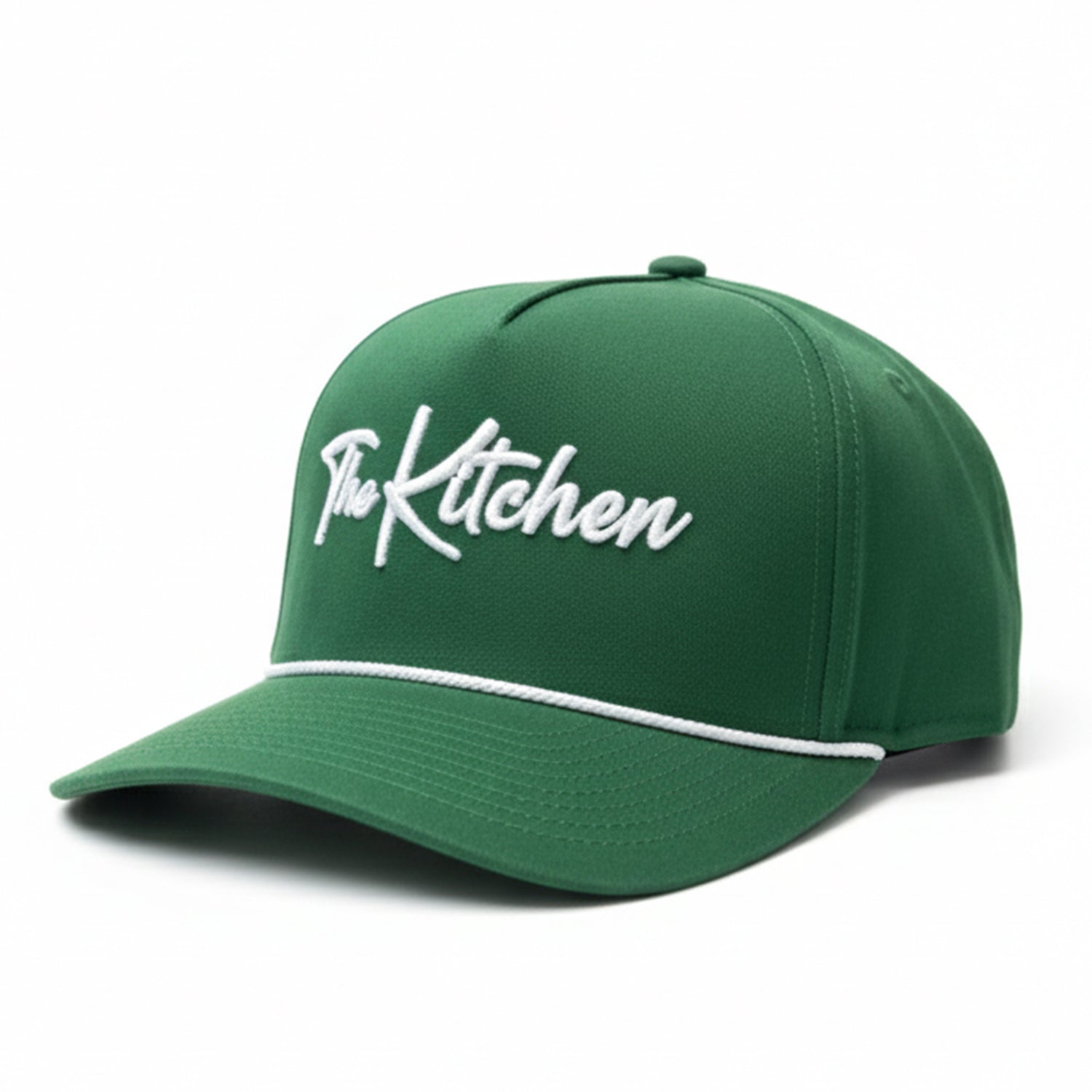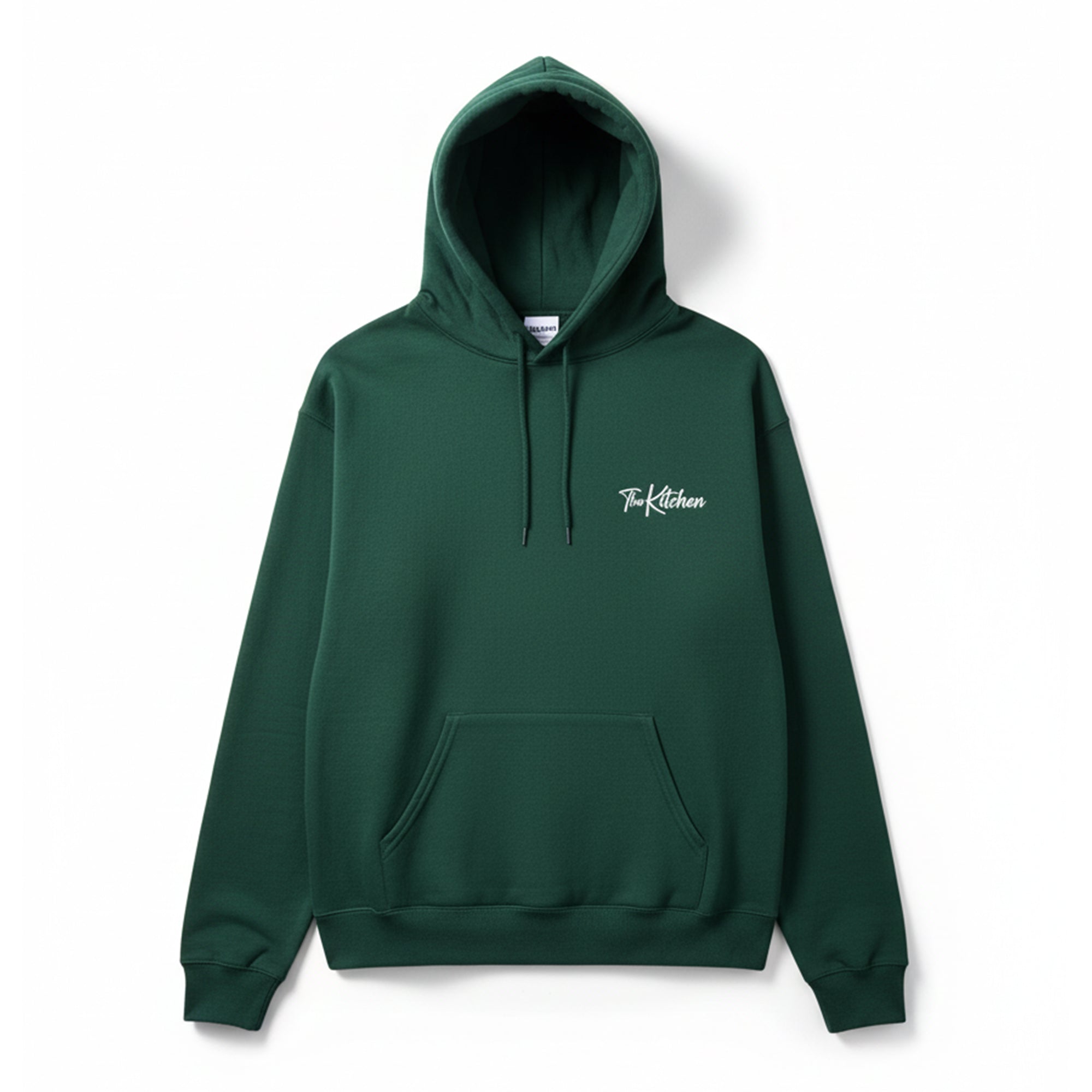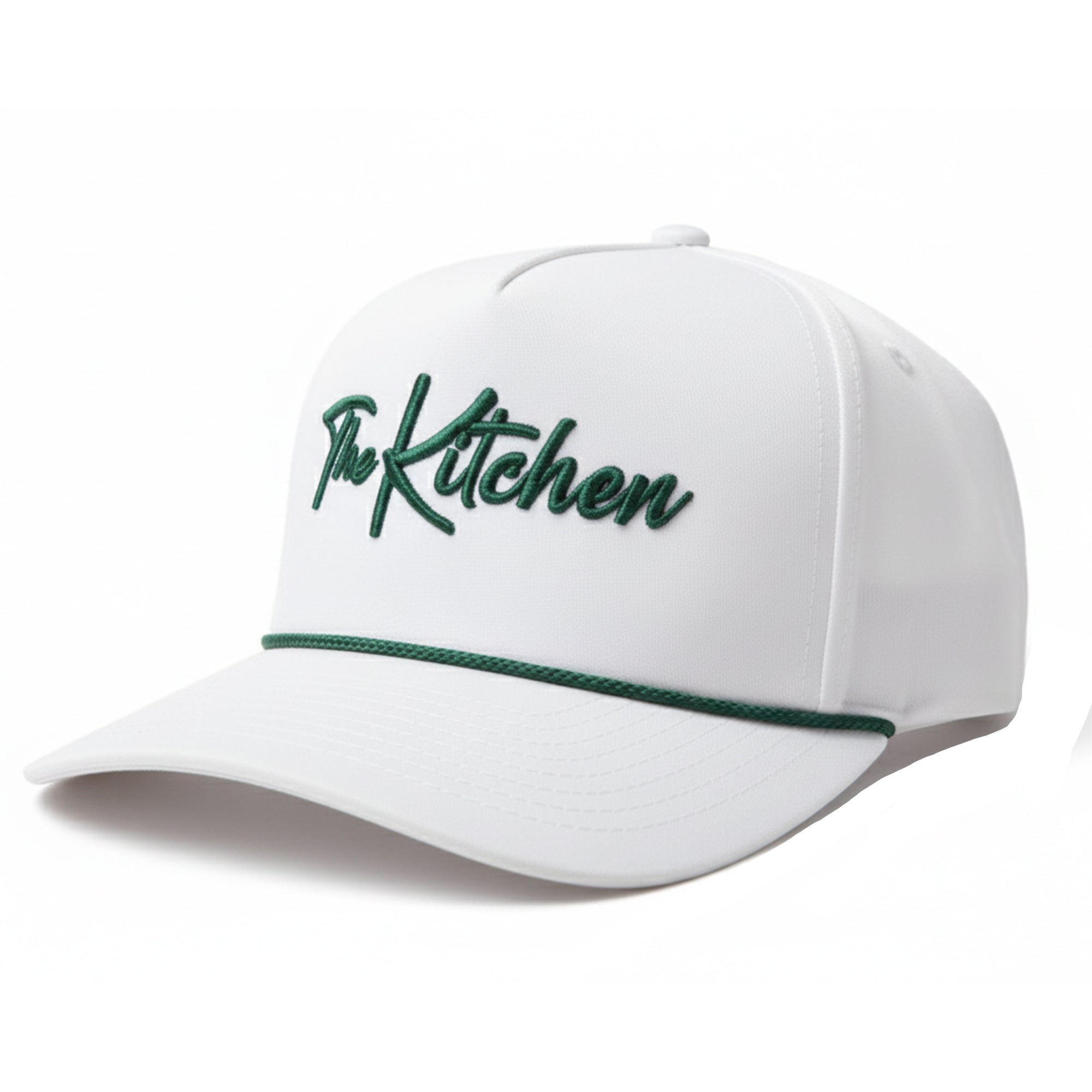Pickleball Shot Selection: 3 Common Mistakes Made by Beginner to Intermediate Players
Last Edited
Nov 25 2024
Category
Instruction
In pickleball, players often find themselves facing challenges in shot selection, particularly in three key situations: the bailout dink, the low mid-court drive, and premature cross-court attacks.
The Bailout Dink
The bailout dink occurs when a player is pulled wide and unable to set up properly for their shot, often attempting an aggressive cross-court shot that pops up.
For a player who finds themselves off balance and pulled wide looking to hit a bailout dink, the key is to position the paddle tip down and lift the ball towards the middle or down the line.
However, caution is advised when hitting down the line, as this opens them up to potential Ernie plays from their opponents.
Hitting to the line or middle also allows you time to recover, whereas hitting cross-court may require you to cover more ground getting back to the middle to cover any middle attacks from your opponents.
If your opponent hits a bail out dink, you should focus on leaning in and being aggressive in anticipation of any ball that gets elevated.
If they hit the dink hard, your paddles should be positioned up, ready to counter anything and redirect it at their feet. If the ball is around shoulder height, they should take the opportunity to attack.
The Low Mid-Court Drive
This shot often puts the net team at an advantage as long as their paddles are up and ready.
The danger is when you drive this ball your opponents can aim for your feet in the transition zone, forcing you into a defensive position and likely causing a pop-up.
A drive can be a powerful setup for an easier drop, or a solid offensive play if the ball is high enough.
However, if opponents are able to hit down on the ball, it can lead to trouble in the mid-court. Thus, using a drop shot in this area is often more effective because it allows time to transition to the kitchen and then look to be on the attack again.
When facing a low mid-court drive, it’s crucial to keep your paddle up to return the shot effectively, ideally targeting the opponent's feet.
If the ball is hit too hard or too high, it’s best to let it go out. Once you are able to counter the low drive back at their feet you maintain the advantage in the point.
Cross-Court Partner Killer
In pickleball, there are generally accepted rules regarding shot selection, but understanding when to break them is equally vital. Speeding up a cross-court shot is particularly risky for beginners.
When a player attacks cross-court, it gives their opponent an easy target to counterattack towards their partner.
Alternatively, if the shot is directed to the middle or down the line, the player can anticipate the next shot sliding and following with their paddle, to allow them to have a nice 2-shot combo.
However, if an opponent overcompensates for this rule by covering those areas aggressively, this opens up the cross-court shot as a viable option.
Practicing these foundational rules while being open to breaking them when needed—as long as the strategy is understood—will allow you to pick the right spot to attack in these situations and avoid putting your partner in the hot seat.
For a visual breakdown of these concepts, check out this video:








